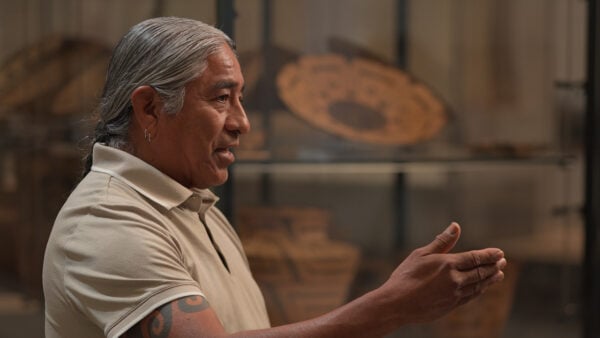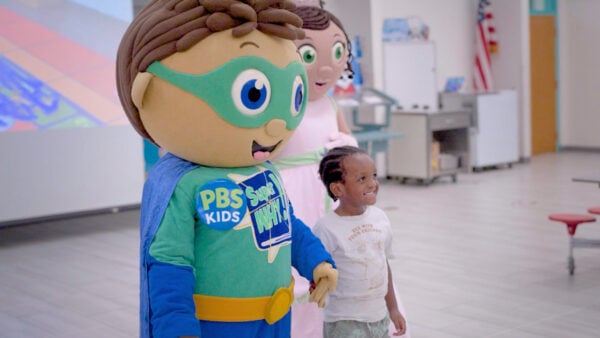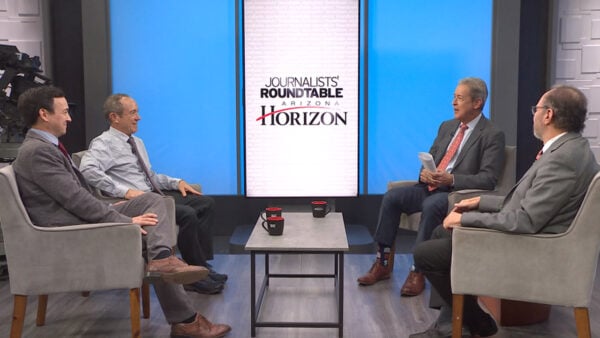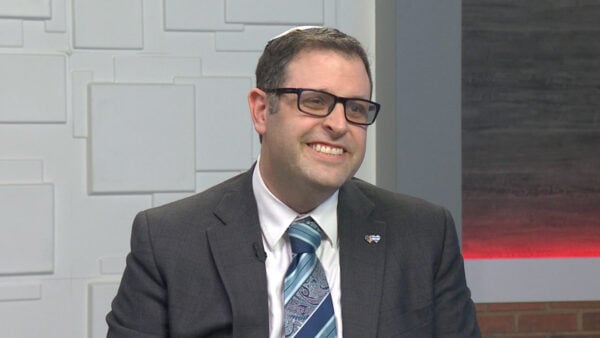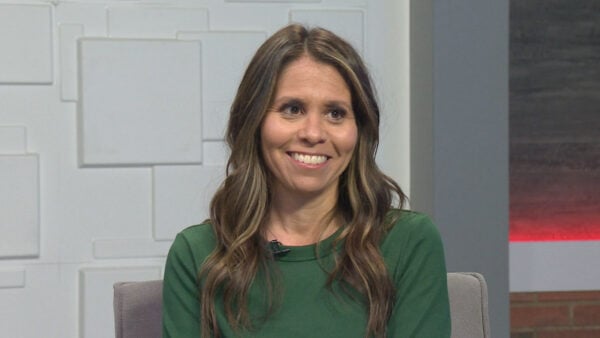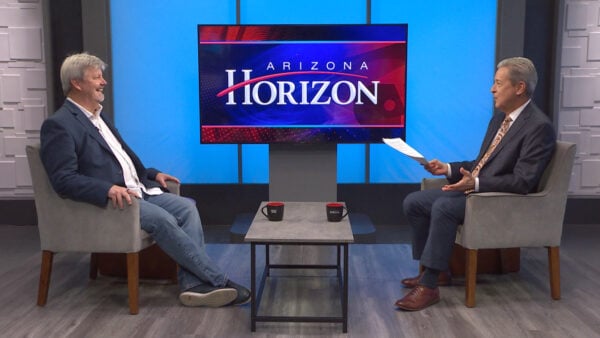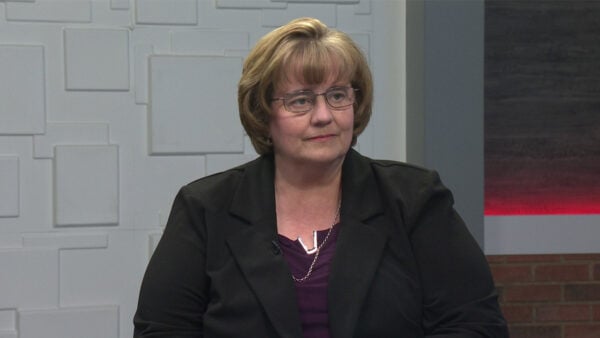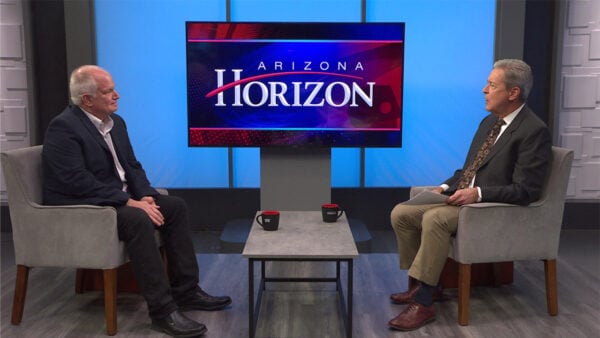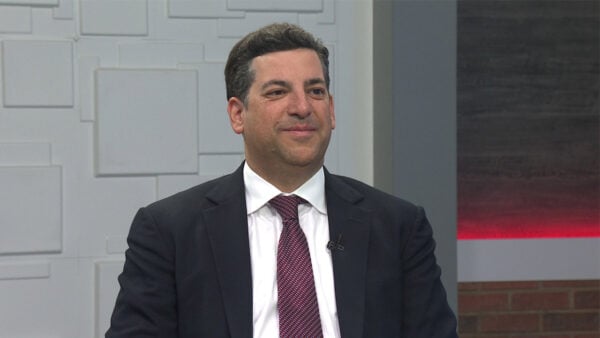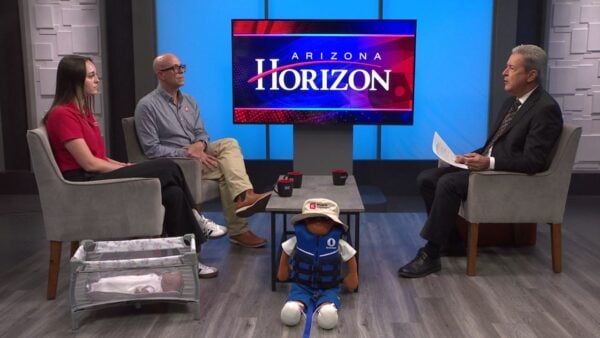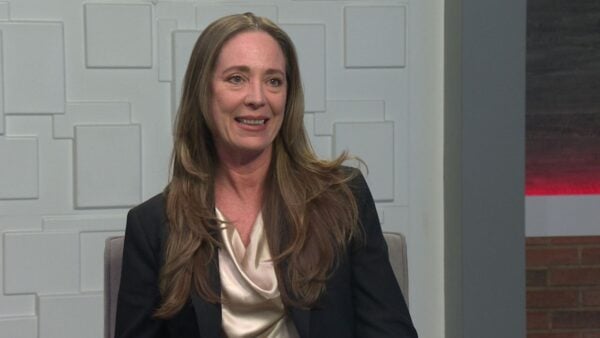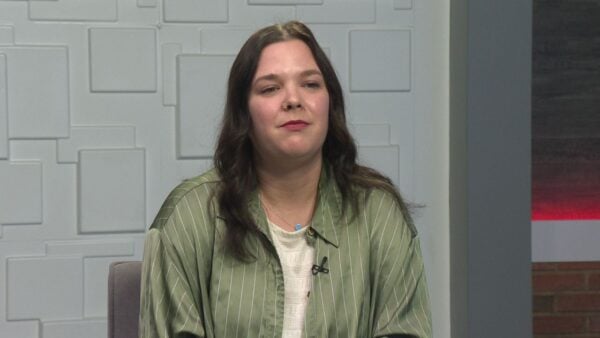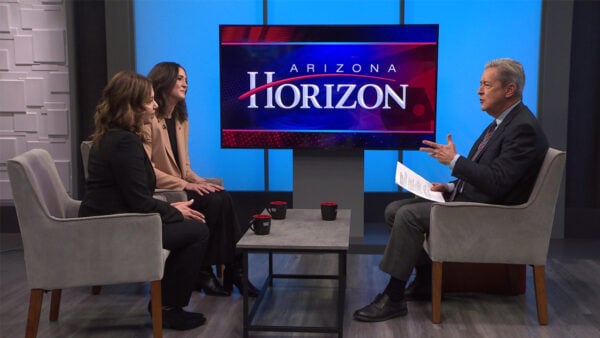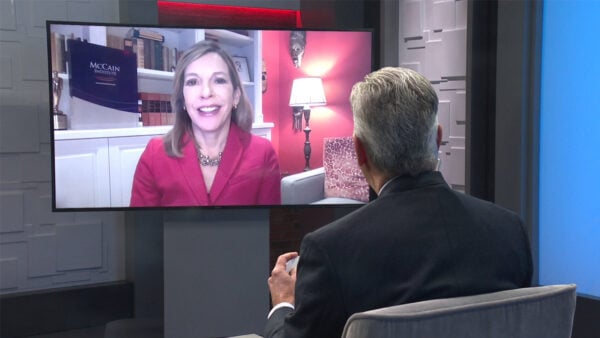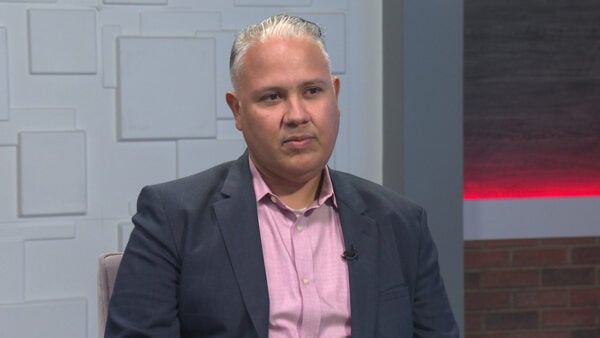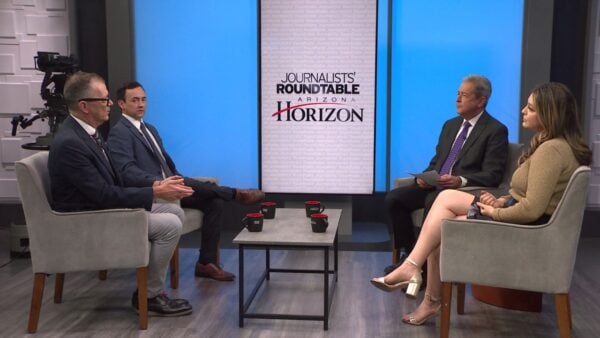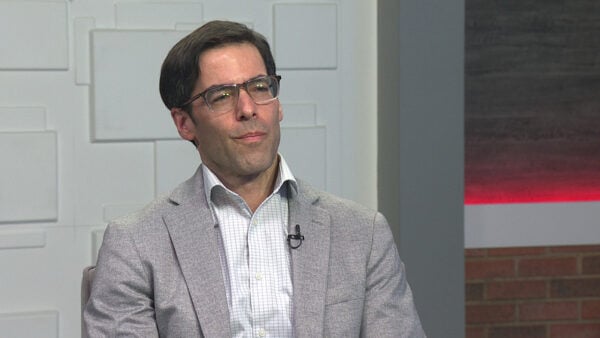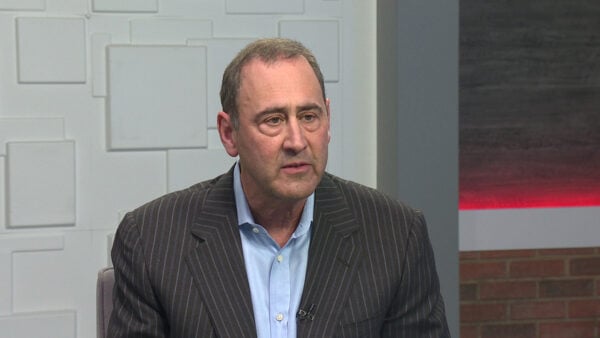Muscle mass key to link between metabolism and age
July 30
With age also comes a slower metabolism, which results in changing hormones, daily habits, and muscle mass. A decrease in muscle mass is one of the biggest factors in the slowdown of our metabolism as we age.
Professor Robin DeWeese, a dietician and nutritionist at Arizona State University’s College of Health Solutions, joined “Arizona Horizon” to discuss the link between metabolism and age.
“Metabolism is really just the cellular process in the body,” DeWeese said. “…that includes processing the food that you eat.”
DeWeese explained how there are three parts, including basal metabolism, the thermic effect of food, and physical activity. Basal metabolism, or Basal Metabolic Rate, requires most of our energy as it keeps our bodies alive. The majority of the energy we take in is then used to pump our hearts.
“Thermic effect of food,” DeWeese explained, “…that’s the amount of energy that it takes to digest your food…and then there’s physical activity.”
Diet also plays a role in metabolism. DeWeese said metabolism is unique to each individual and is based on things both in and out of a person’s control. She said being in tune with your body while following MyPlate guidelines is a good way to determine and maintain your diet for your specific metabolism.
“When we are talking about energy, it’s calories,” DeWeese noted, “…so it’s the calories that come from the food that we take in.”
Evidence shows that metabolism starts to slow down at around 60 years old, but it can vary depending on the person. This is due to the rate at which cells slow down in the body over time. DeWeese explained that the decrease in muscle mass can be attributed to the lack of physical activity.
“Lean tissue requires more energy to maintain than fat mass does,” DeWeese said. “…so the more lean tissue you have, and muscle mass is lean tissue…that requires more energy than less.”
One way experts suggest to offset this muscle mass loss is strength training to maintain muscle, support balance, stability, and long-term health.
DeWeese emphasized how important strength training is throughout life, but especially when people get older. She explained how losing strength with older age can lead to balance or falling issues.
“There’s a higher chance of osteoporosis with older age, so strength training increases bone mineral density,” DeWeese explained. “…and so that if you do fall, you would be less likely to break a bone.”
